2012 GAMA Trade Show Press Conference Part One
On Thursday March 15, those of us with press passes at the 2012 GAMA Trade Show were supposed to attend a Press Conference. Most of the companies who signed up for the press conference attended. It was a very small affair, no flashing cameras, and no stunning revelations. This is part one of two for the GTS press conference.
Mage Wars from Arcane Wonders
Bryan Pope from Arcane Wonders talked about Mage Wars, which is set to come out just before Gen Con in August. In Mage Wars, each spell is represented by a card. Players control wizards who flip through their spell books and select which card they wish to play. Even though in most RPGs, a wizard does not cast spells directly from his or her spellbook, there is something very enticing to me about having the spell book in the form of a binder in your hands. The game itself combines CCG tactics with tactical miniatures play in a magical arena setting.
The initial mages will be the Priestess, the Beastmaster, the Warlock, and the Wizard, but expansion mages are already in the works. There will be a total of 24 mages to choose from and the plans are to release them 2 per expansion, so players will have the Force Master and the Warlord and then the Necromancer and the Druid. The game is not collectible, but it is customizable. The expansions are expected to retail for $30. There are also plans to do Arch-Mages for the holidays. One Arch-Mage can potentially take on 2 or 3 other mages.
Mage Wars will retail for $75, takes 75-90 minutes to play, and will come with everything that you need to play the game. Arcane Wonders has had 18 playtest groups across the country striving to balance the game and its magic-users. Each type of mage has at least 5-7 tactics or strategies to pursue that the playtest groups have discovered, but I bet an innovative mage will create a few more. An interesting aspect of play are hidden enchantments played face down. Another is that while your opponent is normally restricted to 3 copies of a spell for its Spell Points cost, he or she can add additional copies for an additional cost. You won’t necessarily know what you’re up against in Mage Wars. At the same time, there aren’t hundreds of cards to keep track of. The core of each type of mage’s deck is built around 55 spells.
Arcane Wonders will be supporting the game with league play and I look forward to playing it myself this summer.
Square Shooters
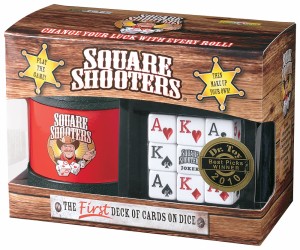 Amber Dickens from Heartland Consumer Products talked about Square Shooters. The key concept in the product is that a deck of playing cards has been represented on 9 dice, including 2 Jokers. The concept originated with inventor Carmelyn Calvert and was patented in 2011.
Amber Dickens from Heartland Consumer Products talked about Square Shooters. The key concept in the product is that a deck of playing cards has been represented on 9 dice, including 2 Jokers. The concept originated with inventor Carmelyn Calvert and was patented in 2011.
I can’t quite predict the exact uses, but I do envision some gamers buying the dice just to add to their dice collections. The playing cards on die faces concept is a tricky one. According to Dickens, the suits and numbers are distributed so as to allow every straight flush and every 4 of a kind. The National Parenting Center has called the dice “mindblowing”. That may be a bit of hyperbole, but there are some implications for traditional card games. The fact that the 7 of Spades is with the 9 of Clubs, and 3 of Hearts should make a 6-7-8-9-10 straight more unlikely, because you can’t “draw” or “toss” the other face values.
The Basic Set sells for $12.99 and comes with the 9 dice, 100 chips, a dice pouch, and game cards to play the Square Shooters games associated with the dice. The manufacturer, Heartland Consumer Products, is actually a playing card company which helps explain why the Deluxe Set includes a set of playing cards. You also get a fairly nice felt-lined dice cup for the $19.99 that the Deluxe Set costs.
Square Shooters has been out since August of 2011, but this June, Heartland will be releasing Rodeo Rummy targeted towards younger players, which will be available at Origins.
P.O.W.E.R.
Wednesday night I took the opportunity to play P.O.W.E.R. and thus much of what creator PK Torretto said on Thursday afternoon I either knew firsthand or was repeated. P.O.W.E.R. is a card game with movement based on the modern military, America’s in particular. Players control M1A1 Abrams, Apaches, Force Recon, and Sniper Squads, battling to reach the opponent’s control or deployment area.
The game was fairly easy to pick up with the 8-card version offering a few tactical choices. The key to playing, at least when not building your own deck, is understanding the icons on the cards. This Rifle Squad, for example, is not equipped to shoot down attacking Aircraft. Instead, because of the icons near its bottom, the Rifle Squad can engage other Infantry, Supply, Defense (like Patriot batteries), Armor, and Artillery. To shoot down enemy aircraft you would need a Stinger S.A.M. card. Some cards enhance other cards, such as the Body Armor for the Rifle Squads, boosting their defense. The Rifle Squad has 1 offense and 1 defense and a range of 0. It must move into the space holding an opponent to do its 1 damage. The directional icon at the top also means that it moves a grueling 1 square a turn. By comparison, the Supply trucks zoom across the battle area with a movement of 3.
Further much-needed expansion cards are in the works including a German blitzkrieg deck, a Chinese infantry deck, and several surprising choices including an animal deck. I say much-needed because the U.S. military battling against the U.S. military is not a very satisfactory experience. Where are the French Mirages and French Foreign Legion cards? Where is the Taliban? Essentially the rules are in place though, so whatever other factions get added, be they zombies, Belgians, or drug cartels, they can use the existing rules.
The first expansion was also at the GAMA Trade Show. It adds a naval and air support column to the playing grid. Destroyers and aircraft carriers battle with F22s. Particularly exciting to me as a Battlefield 3 player, was an anti-air vehicle resembling the Tunguska, the S.A.M. A.D.A.T.S., which can be found in the basic set. Its attacks are not restricted to one square, but to entire rows of aircraft on the battlefield.
One of the key components of P.O.W.E.R. is the Build Queue (BQ). The BQ adds a real-time strategy feel to the game with units queueing up on the side to enter the game. You can look at your opponent’s BQ and alter your battle plan accordingly. You can also plan ahead for your own. The BQ3 in the upper left hand corner of this M1A1 Abrams means that it will take at least 3 game turns before it deploys. The game is played on a 4×8 grid with the unit cards navigating the 32 rectangles of the battlefield. Even though the game can be played without a playing mat, I find it hard to imagine. Torretto’s playing mats are made in Alaska, while the cards are printed in Battle Creek, Michigan. All of the game, Torretto is proud to say, is made in the United States. One of his plans for the game is to participate in the Games for Troops program and have P.O.W.E.R. be played in Forward Operating Bases (F.O.B.s).
One of the advantages he also cites of P.O.W.E.R. is that it’s not collectible. He doesn’t like that winning in many collectible card games comes down to the richest players having particular cards. The other thing he was careful to do in designing the card boxes was to make the game easy to fit in a Point of Purchase display on a counter, but at the same time the game boxes have hang tabs to make retailers’ jobs easier in deciding how they want to use their precious store real estate.
P.O.W.E.R. has been picked up by Alliance for distribution with the basic set retailing for $20, I believe. I will be interviewing PK Toretto in the near future.
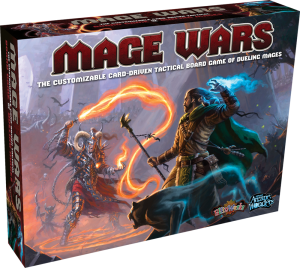
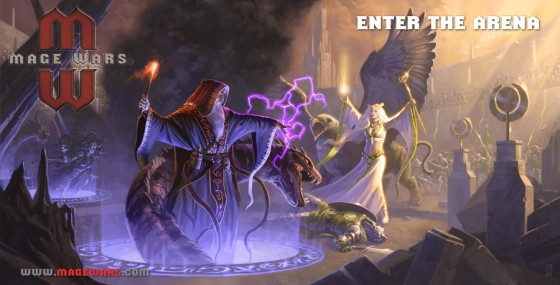
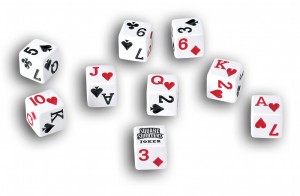
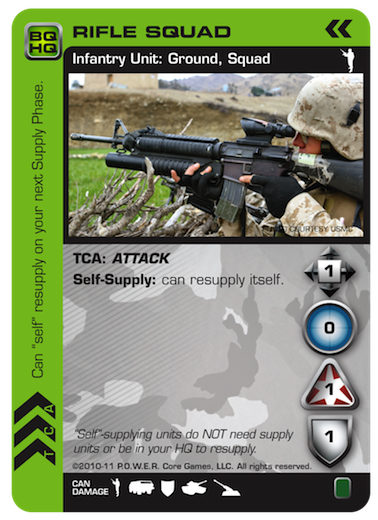
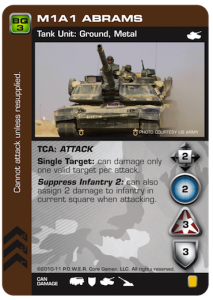
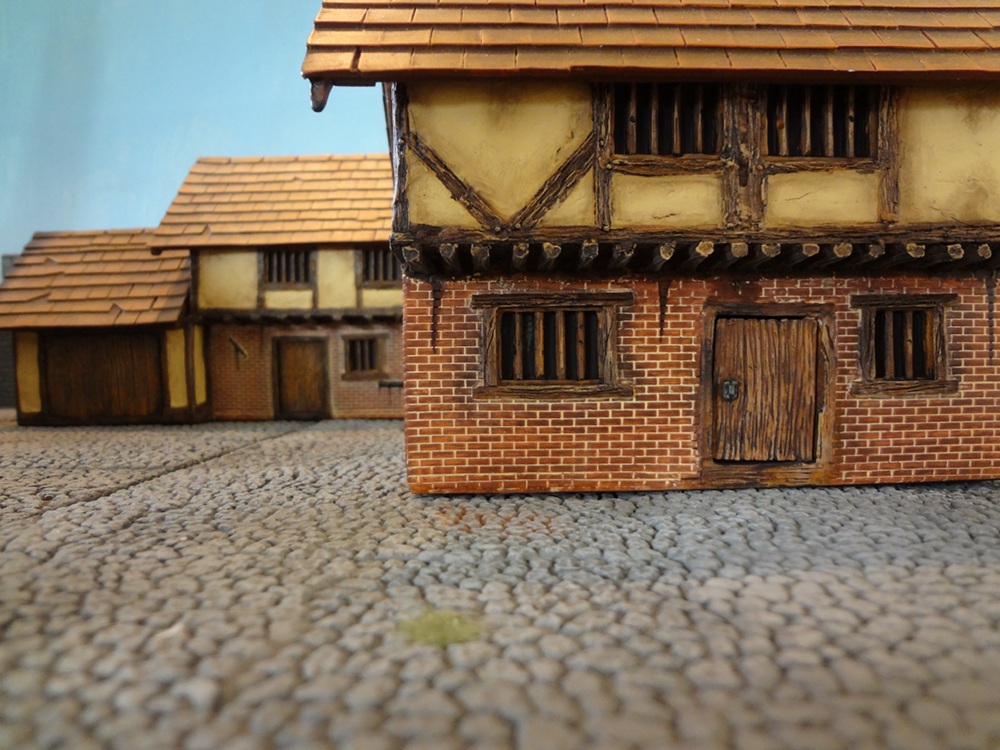
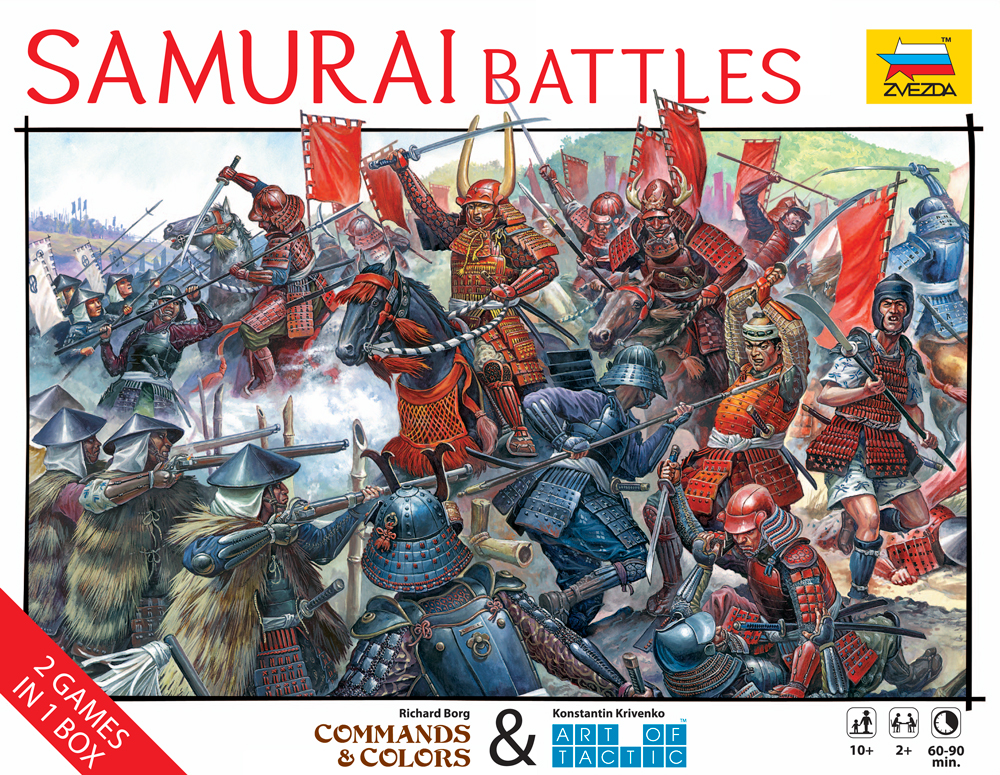
Pingback:Craven Games write-up by Brant Polkowski
man, i wish SOME DAY I can really INDULGE myself; go shopping, go 2 a day spa , getting a facial & a good massage
I wish that to you too, my spamming friend, I do. Good luck on that facial.
Pingback:GTS Press Conference Overview, Arcane Wonders, Crystal Commerce | Craven Games: In-Depth Tabletop Games and LARPing Coverage